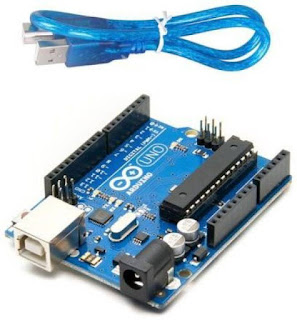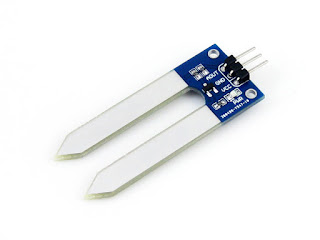JAWAHARLAL NEHRU TECHNOLOGICAL UNIVERSITY HYDERABAD.
II Year B.Tech. EEE-I Sem
MATHEMATICS – III
Objectives:
To learn
Transforming the given variable coefficient equation (Cauchy’s and Lagrange’s) into the one with
constant coefficients.
Identifying ordinary points, singular points and regular singular points for the given ODE.
Finding the series solution around a regular singular point.
Solve the given ODE with variable coefficients by Frobenius method and test the convergence of its
series solution.
Series solutions for Legendre and Bessel differential equations, analyzing the properties of
Legendre and Bessel polynomials.
Differentiation and Integration of complex valued functions.
Evaluation of integrals using Cahchy’s integral formula.
Taylor’s series, Maclaurin’s series and Laurent’s series expansions of complex functions
Evaluation of integrals using residue theorem.
Transform a given function from z - plane to w – plane.
Identify the transformations like translation, magnification, rotation and reflection and inversion.
Properties of bilinear transformations.
UNIT – I:
Linear ODE with variable coefficients and series solutions(second order only): Equations reducible to
constant coefficients-Cauchy’s and Lagrange’s differential equations. Motivation for series solutions, Ordinary
point and Regular singular point of a differential equation , Transformation of non-zero singular point to zero
singular point. Series solutions to differential equations around zero, Frobenius Method about zero.
Unit-II
Special Functions : Legendre’s Differential equation, General solution of Legendre’s equation, Legendre
polynomials Properties: Rodrigue’s formula – Recurrence relations, Generating function of Legendre’s
polynomials – Orthogonality. Bessel’s Differential equation, Bessel functions properties: – Recurrence relations,
Orthogonality, Generating function , Trigonometric expansions involving Bessel functions.
UNIT-III:
Complex Functions –Differentiation and Integration : Complex functions and its representation on Argand
plane, Concepts of limit Continuity, Differentiability, Analyticity, Cauchy-Riemann conditions, Harmonic functions
– Milne – Thompson method. Line integral – Evaluation along a path and by indefinite integration – Cauchy’s
integral theorem – Cauchy’s integral formula – Generalized integral formula.
UNIT-IV:
Power series expansions of complex functions and contour Integration: Radius of convergence –
Expansion in Taylor’s series, Maclaurin’s series and Laurent series. Singular point –Isolated singular point – pole
of order m – essential singularity. Residue – Evaluation of residue by formula and by Laurent series – Residue
theorem. Evaluation of integrals of the type
(a) Improper real integrals
f (x)dx (b)
2
(cos ,sin )
c
c
f d
UNIT-V:
Conformal mapping: Transformation of z-plane to w-plane by a function, Conformal transformation. Standard
transformations- Translation; Magnification and rotation; inversion and reflection,Transformations like z
e , log z,
z
2
, and Bilinear transformation. Properties of Bilinear transformation, determination of bilinear transformation
when mappings of 3 points are given .
TEXT BOOKS:
1. Advanced Engineering Mathematics by Kreyszig, John Wiley & Sons.
2. Higher Engineering Mathematics by Dr. B.S. Grewal, Khanna Publishers.
REFERENCES:
1) Complex Variables Principles And Problem Sessions By A.K.Kapoor, World Scientific Publishers 2) Engineering Mathematics-3 By T.K.V.Iyengar andB.Krishna Gandhi Etc 3) A Text Book Of Engineering Mathematics By N P Bali, Manesh 4) Mathematics for Engineers and Scientists, Alan Jeffrey, 6th Edit. 2013, Chapman & Hall/CRC 5) Advanced Engineering Mathematics, Michael Greenberg, Second Edition. Person Education 6) Mathematics For Engineers By K.B.Datta And M.A S.Srinivas,Cengage Publications
Outcome:
After going through this course the student will be able to: Apply the Frobenius method to obtain a series solution for the given linear 2nd ODE. Identify Bessel equation and Legendre equation and solve them under special conditions with the help of series solutions method. Also recurrence relations and orthogonality properties of Bessel and Legendre polynomials. After going to through this course the student will be able to analyze the complex functions with reference to their analyticity, Integration using Cauchy’s integral theorem, Find the Taylor’s and Laurent series expansion of complex functions The conformal transformations of complex functions can be dealt with ease.
EEE Masabtank


















